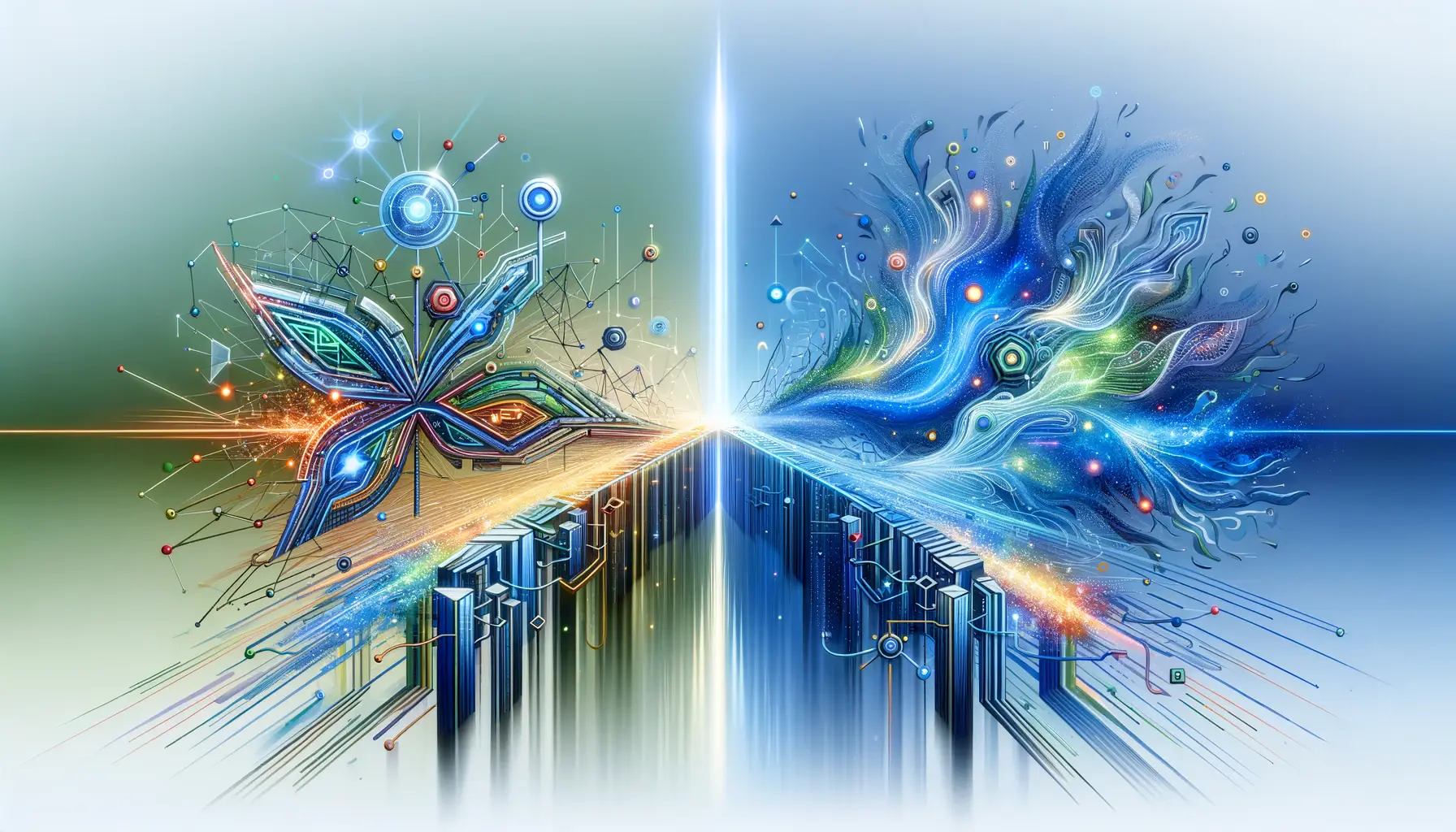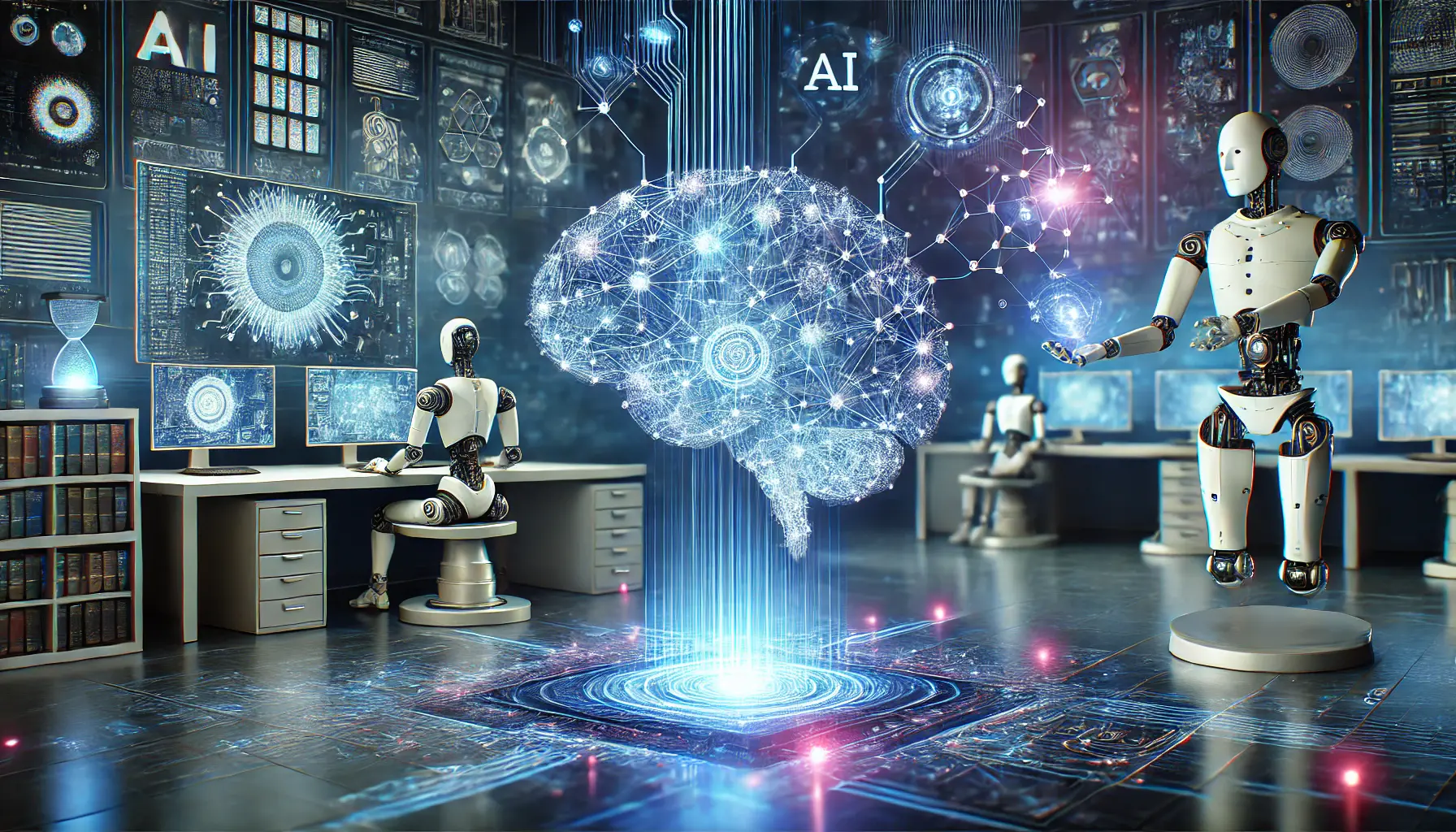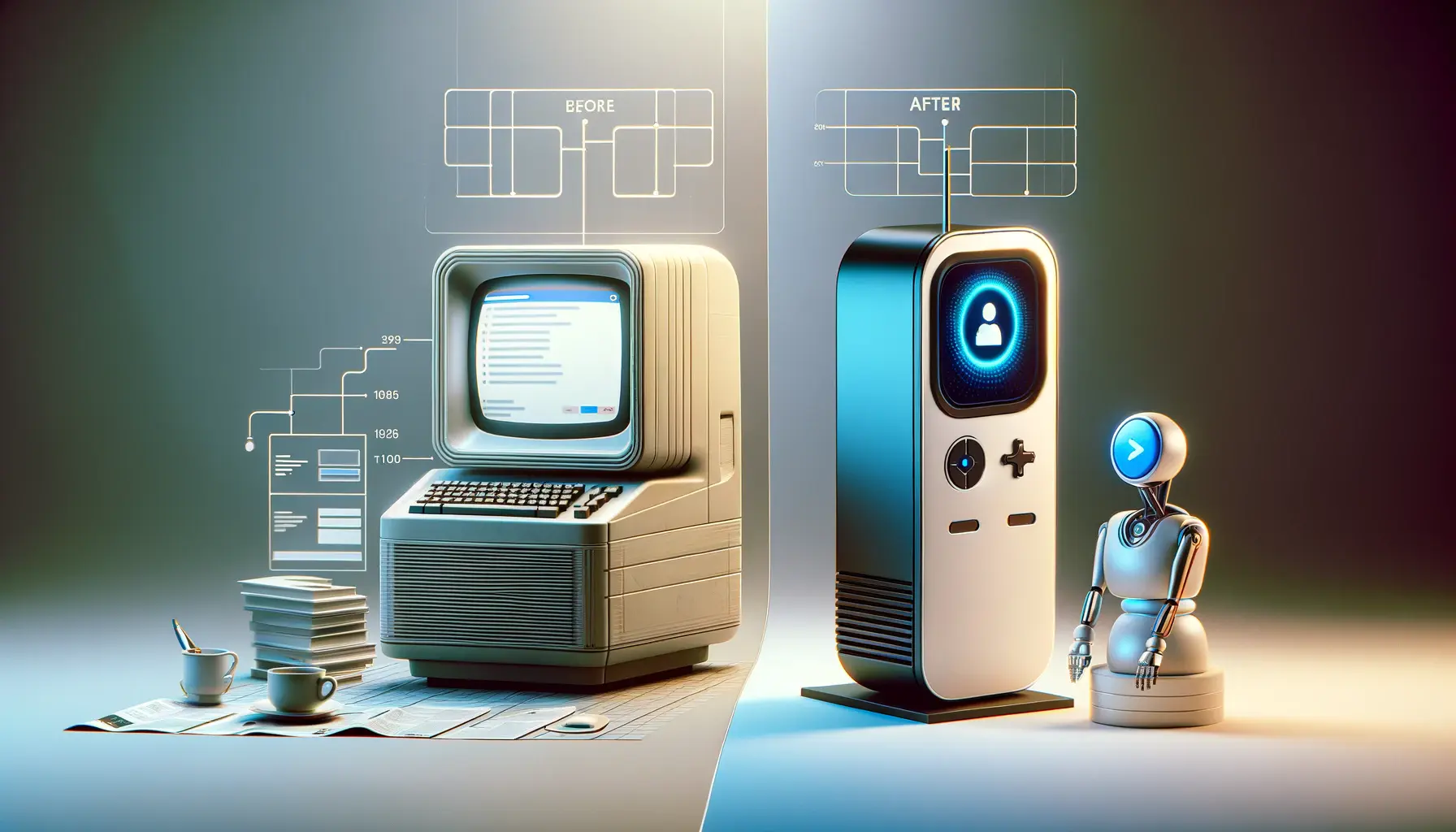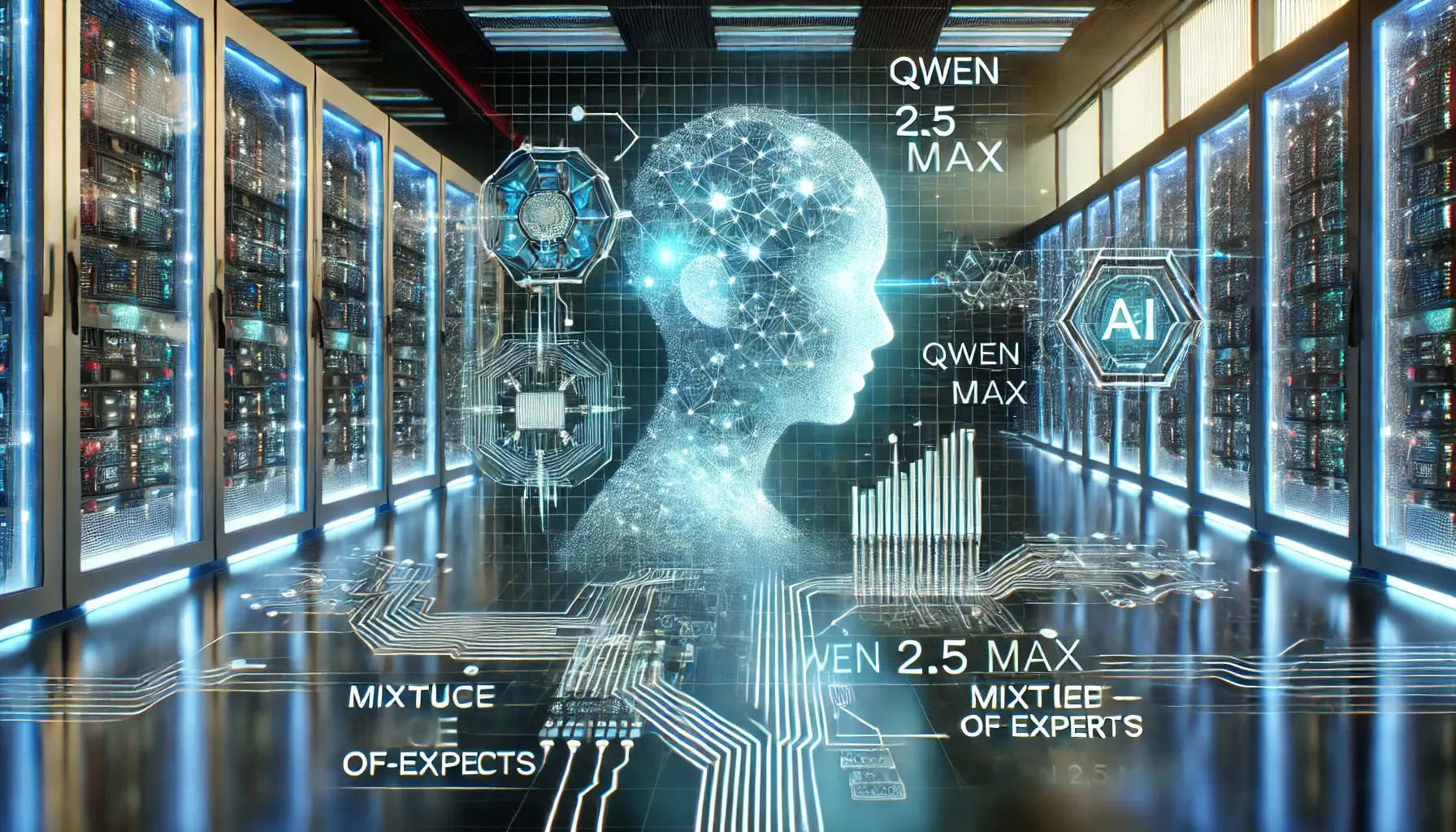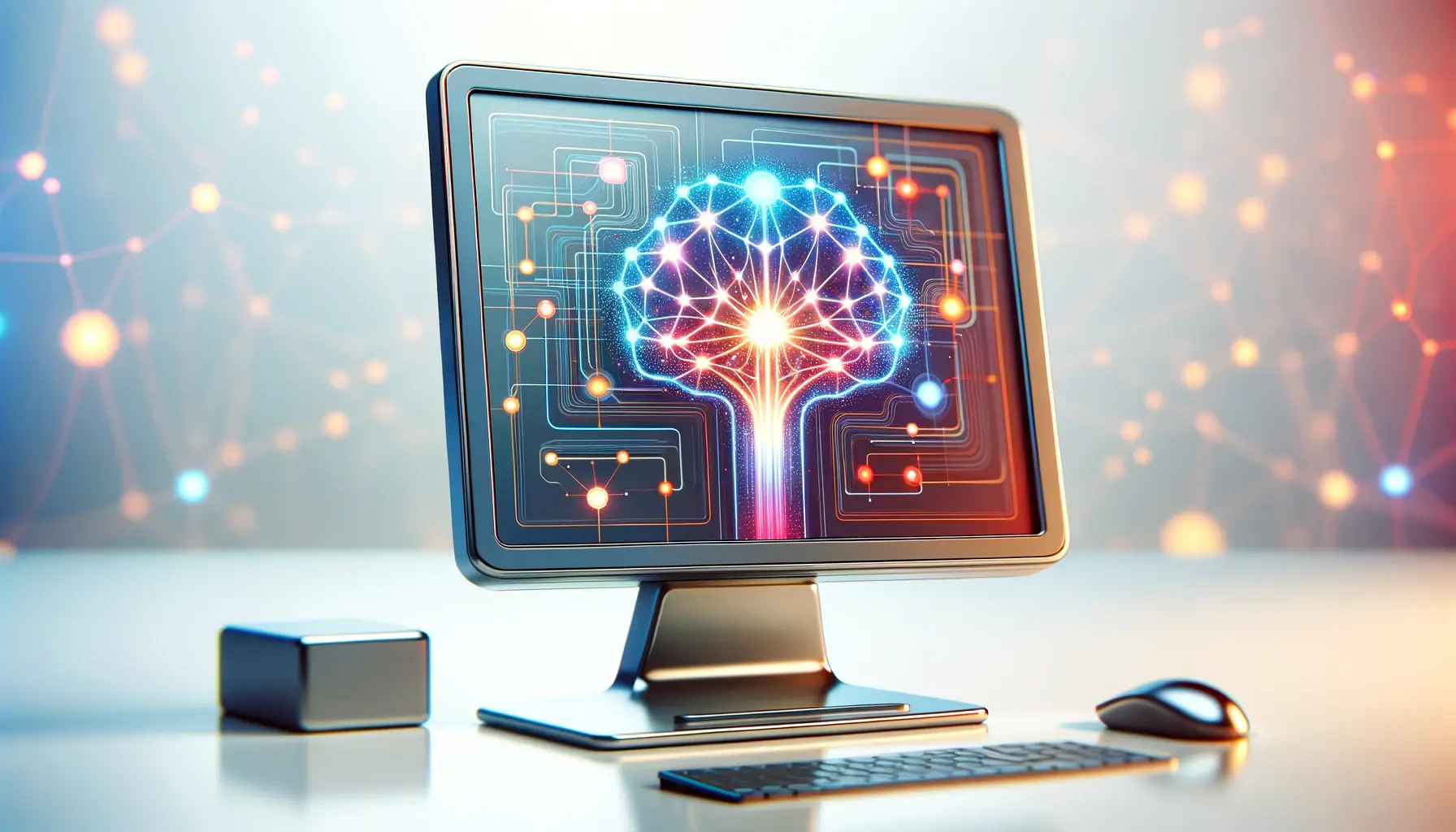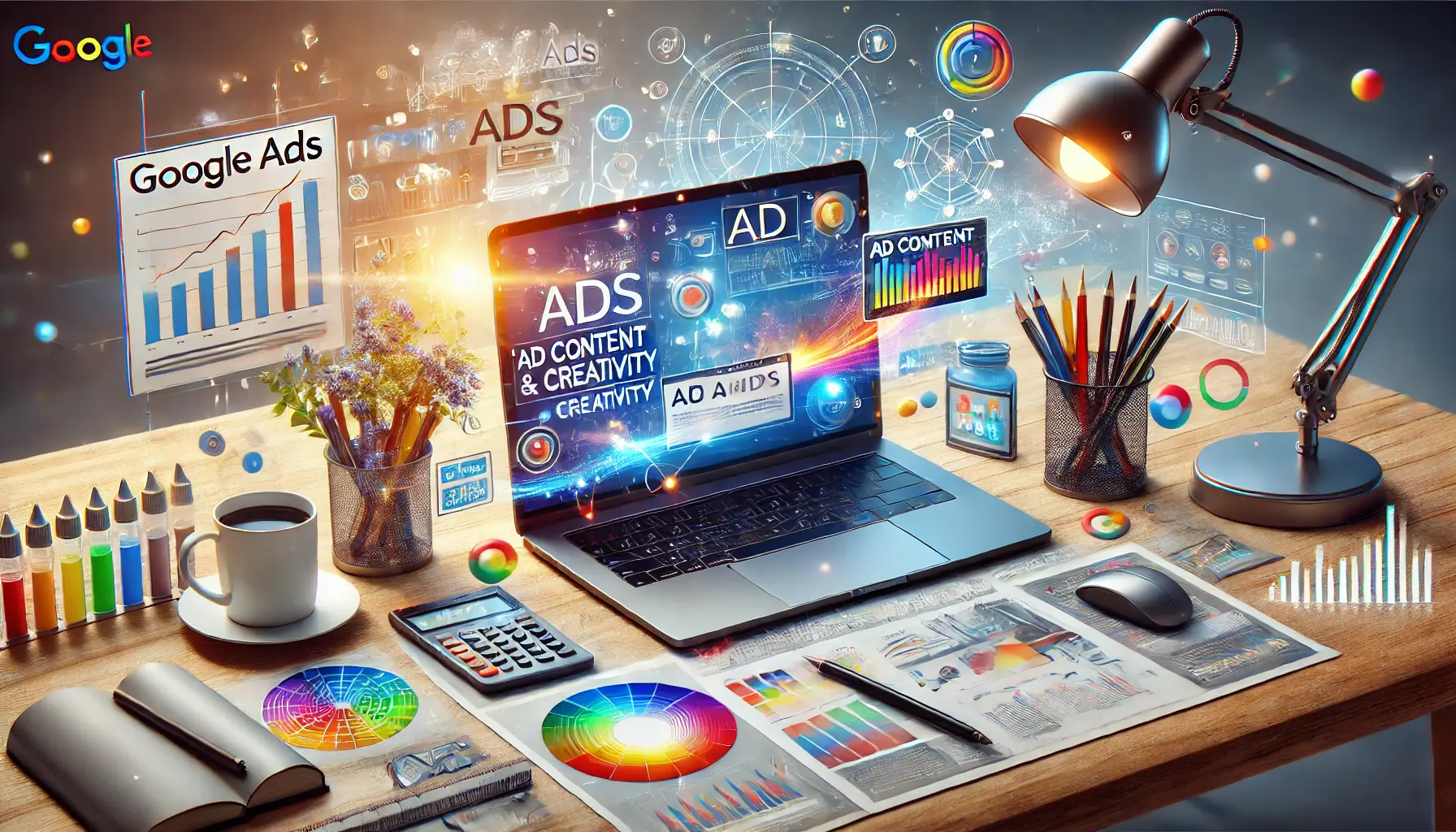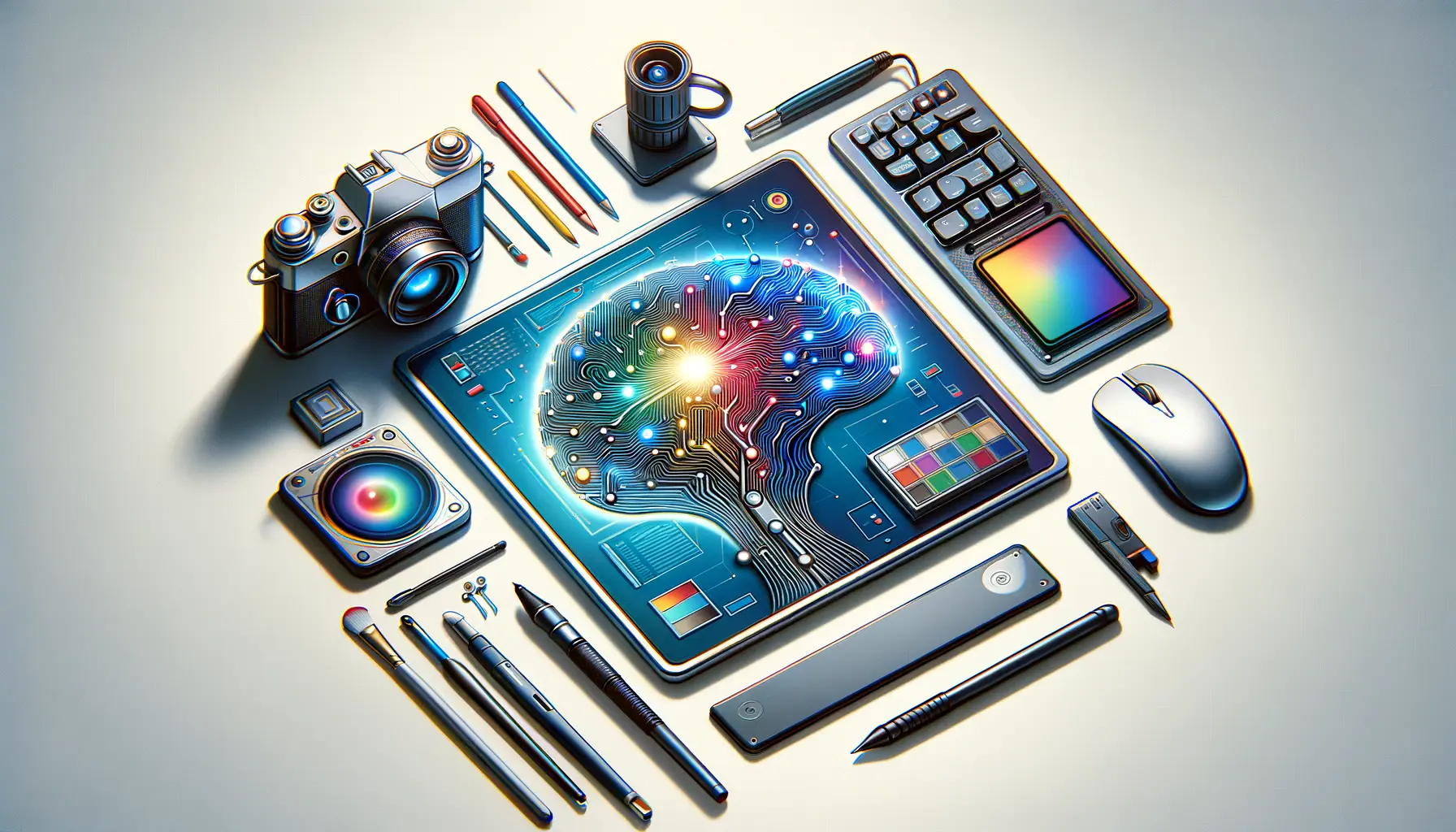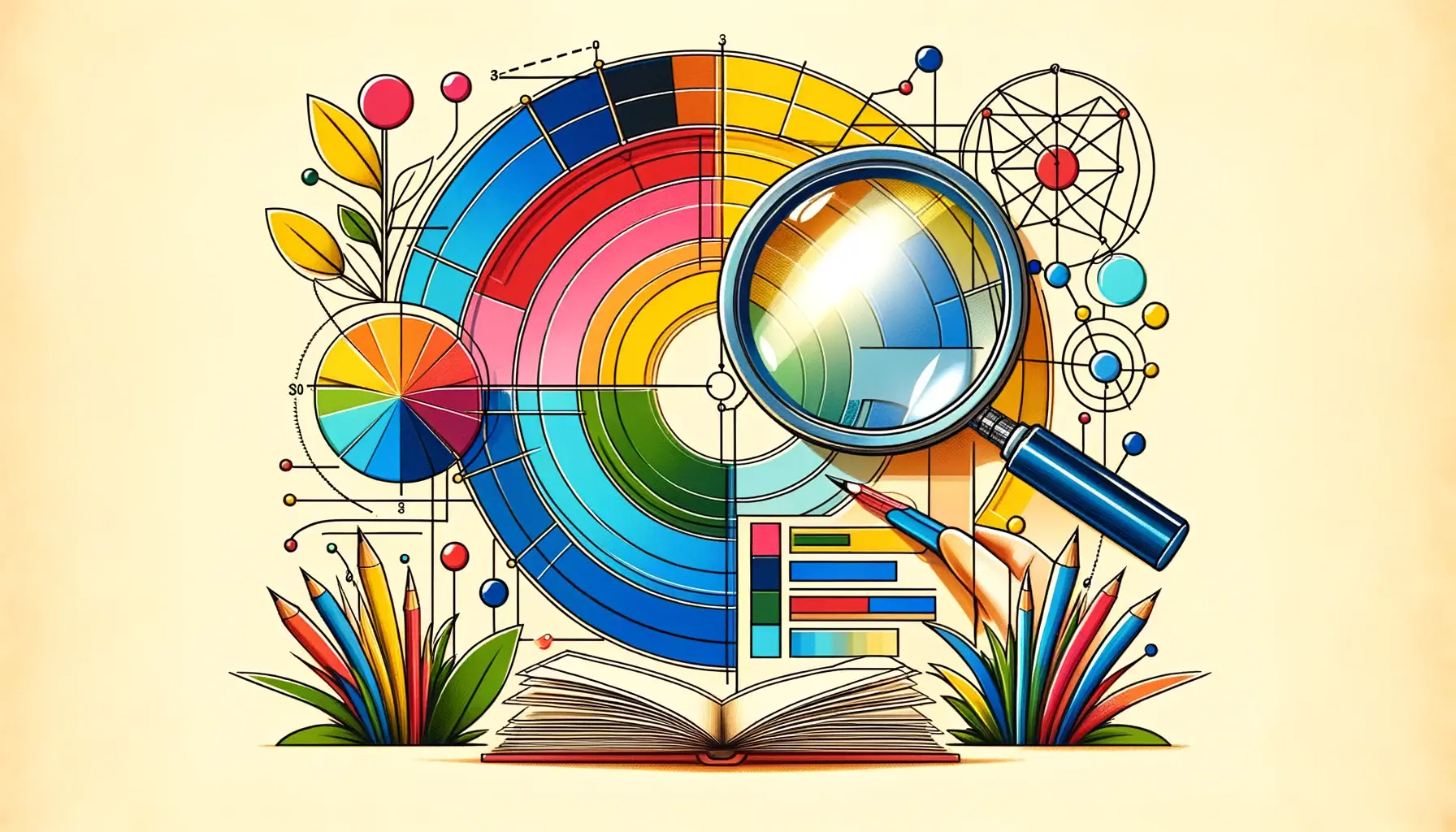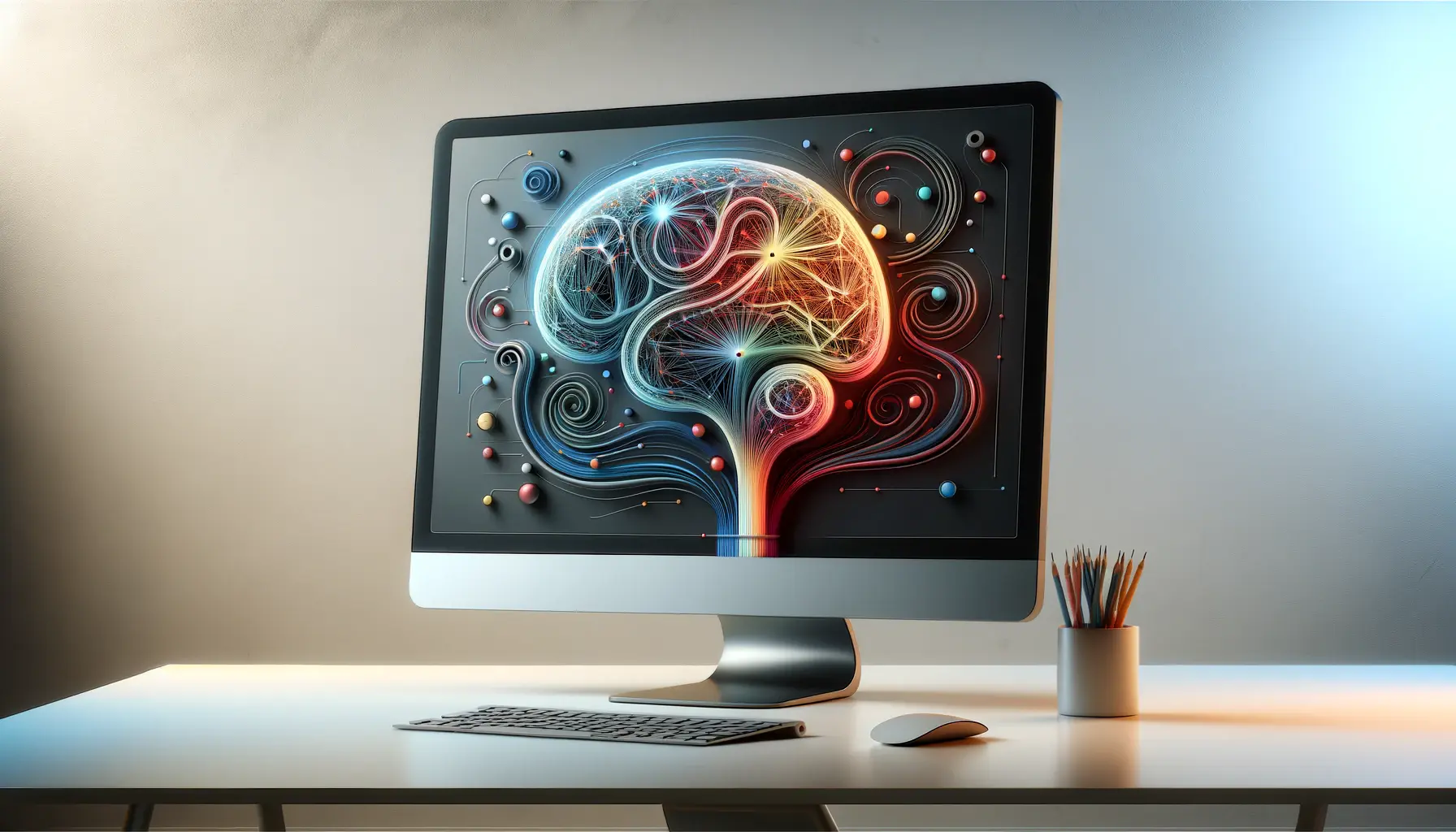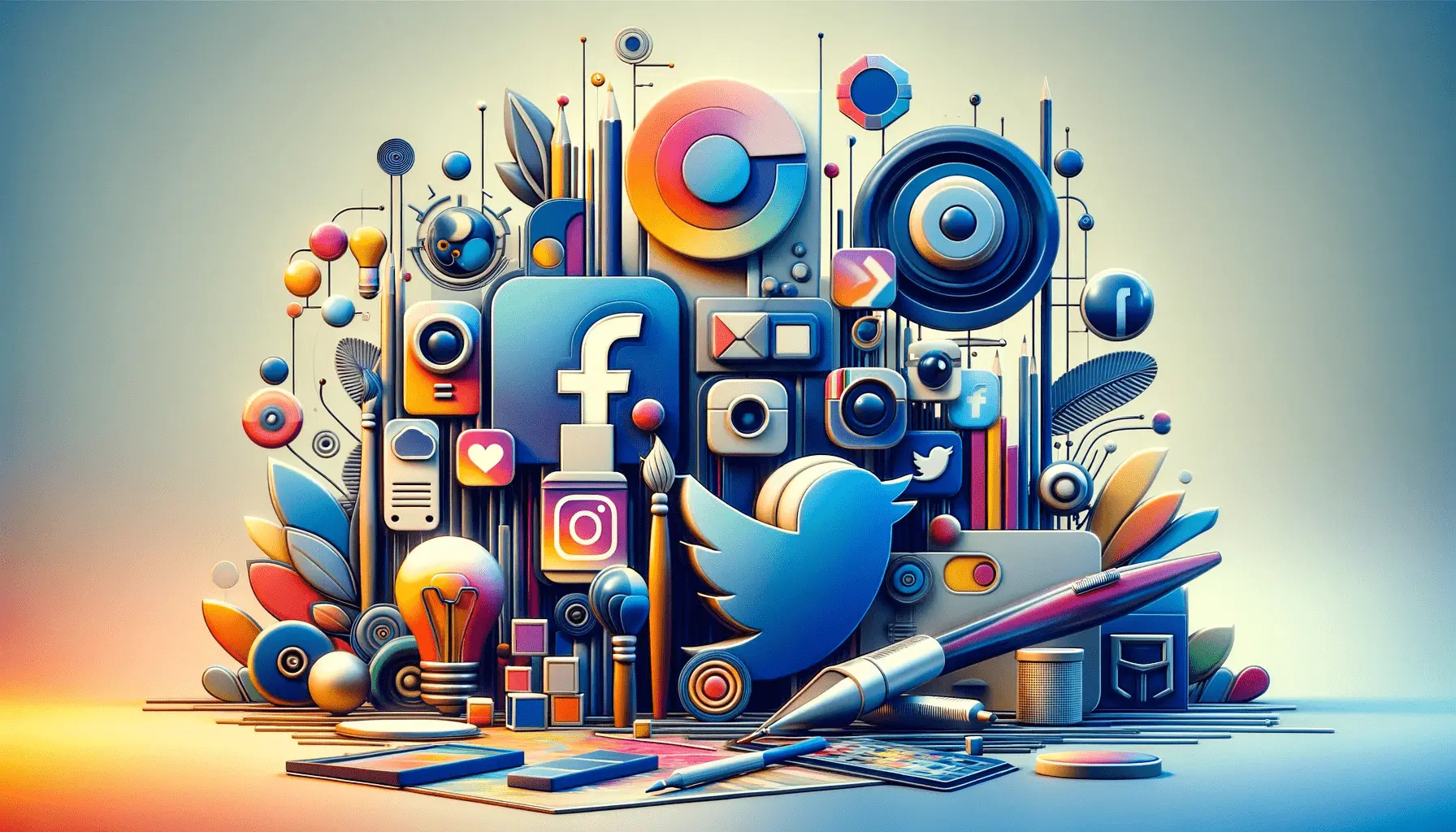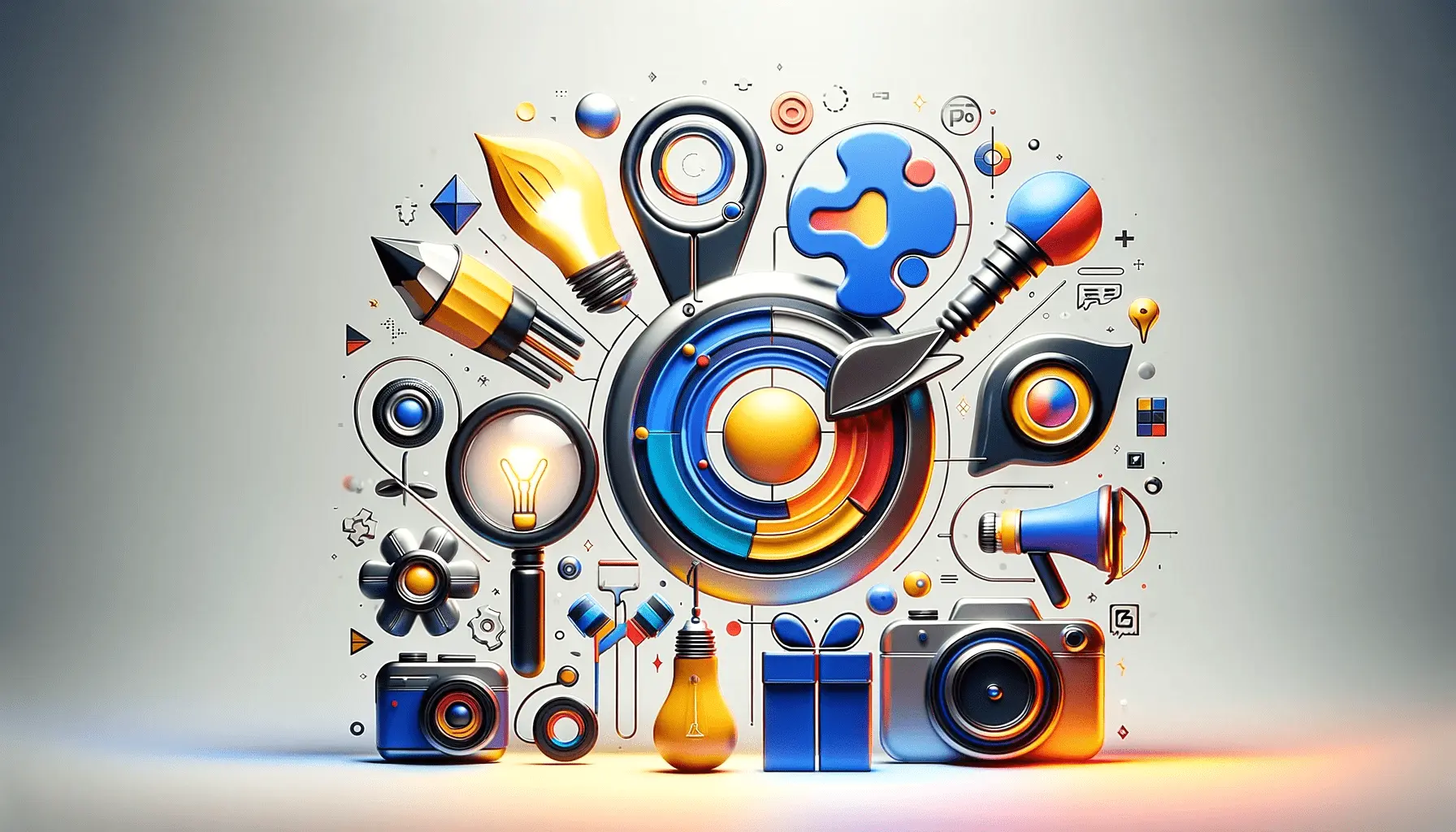The advent of artificial intelligence (AI) has ushered in a new era of innovation, transforming how we interact with technology and each other.
Among the forefront of these advancements is Google’s Bard, now known as Gemini, a groundbreaking AI that epitomizes the synergy between human creativity and machine intelligence.
This AI tool is not just a technological marvel; it’s a testament to Google’s commitment to enhancing human potential through AI.
Google’s Bard, with its transition to Gemini, represents a significant leap in conversational AI, offering capabilities that extend beyond mere information retrieval to fostering a creative partnership with users.
Its development is anchored in Google’s extensive research and innovation in AI, aiming to provide a platform that enhances creativity, productivity, and learning.
As we delve into the capabilities and implications of this AI, it’s clear that Bard is set to redefine the boundaries of human and AI collaboration.
- Introduction to Google’s Bard
- The Evolution of Conversational AI
- Technological Foundations of Bard
- Applications and Use Cases of Bard
- Enhancing Creativity with AI
- Challenges and Ethical Considerations
- Future Directions of AI in Creativity
- Conclusion: The Dawn of a New Creative Era with AI
- FAQs on Google’s Bard AI
Introduction to Google’s Bard
What is Google’s Bard?
Initially introduced as Bard and later rebranded to Gemini, this AI tool is Google’s answer to the growing demand for more sophisticated and interactive AI technologies.
Built on the foundation of LaMDA (Language Model for Dialogue Applications), Bard was designed to engage users in natural, dynamic conversations, offering insights, generating ideas, and facilitating a deeper understanding of a wide range of topics.
Its ability to understand and generate human-like text has made it a pivotal tool in the realm of AI-driven communication.
The transition from Bard to Gemini signifies more than a mere name change; it represents an evolution in the tool’s capabilities and its role in users’ lives.
Gemini aims to supercharge creativity and productivity, acting as a catalyst for innovation and learning.
Whether it’s assisting with writing tasks, planning projects, or acquiring new knowledge, Gemini is designed to be a versatile companion in the creative process.
How Does Bard Enhance Human Creativity?
One of the most remarkable aspects of Bard is its ability to bridge the gap between AI capabilities and human creativity.
By leveraging Google’s advanced AI algorithms, Bard can generate ideas, suggest improvements, and offer creative solutions to complex problems.
This interaction not only enhances productivity but also inspires users to explore new avenues of creativity.
The AI’s understanding of context, nuance, and the subtleties of human language allows it to provide tailored suggestions that resonate with individual users’ needs and preferences.
Moreover, Bard’s conversational nature encourages a collaborative approach to creativity.
Users can engage in dialogues with the AI, refining ideas and exploring concepts in real-time.
This dynamic interaction fosters a creative partnership where AI and human intelligence amplify each other’s strengths, leading to outcomes that might not have been possible through traditional means.
Bard, now Gemini, is not just a tool but a collaborative partner in the creative process, offering a unique blend of AI-powered insights and human creativity.
The Evolution of Conversational AI
The journey of conversational AI has been marked by significant milestones, from simple chatbots to advanced AI like Google’s Bard, now Gemini.
This evolution reflects a broader shift in AI’s role in our lives, moving from transactional interactions to more meaningful, creative collaborations.
Understanding this progression is key to appreciating the innovative leap represented by Bard and its impact on human creativity.
From Chatbots to Bard: A Brief History
Early chatbots were programmed to follow rigid, predefined paths, limiting their usefulness to basic queries and transactions.
However, the advent of machine learning and natural language processing technologies paved the way for more sophisticated AI, capable of understanding and generating human-like text.
Google’s Bard, built on the LaMDA model, represents the pinnacle of this evolution, offering an AI that can engage in nuanced, context-aware conversations.
- First Generation Chatbots: Simple, rule-based systems designed for specific tasks.
- Machine Learning Enhancements: Introduction of AI that learns from interactions, improving over time.
- Natural Language Processing (NLP): AI’s ability to understand and generate human-like text, leading to more natural conversations.
- LaMDA and Bard: Google’s breakthrough in conversational AI, enabling dynamic, context-aware interactions.
Impact on Human Creativity
The evolution of conversational AI has had a profound impact on human creativity.
With tools like Bard, individuals can explore ideas, brainstorm, and solve problems in collaboration with AI.
This partnership extends the creative potential of humans, allowing for the exploration of concepts and solutions that were previously out of reach.
Bard’s ability to process vast amounts of information and provide insights in real-time has made it an invaluable tool for creative professionals, educators, and anyone looking to enhance their creative output.
- Idea Generation: Bard can suggest ideas and concepts based on the user’s input, sparking creativity.
- Brainstorming Partner: Acts as a collaborative partner in the brainstorming process, offering suggestions and alternatives.
- Problem Solving: Helps users explore solutions to complex problems by providing insights and information.
The evolution of conversational AI, exemplified by Bard’s transformation into Gemini, underscores the growing synergy between human intelligence and artificial intelligence, opening new horizons for creativity and innovation.
Technological Foundations of Bard
At the heart of Google’s Bard, now known as Gemini, lies a complex amalgamation of cutting-edge technologies.
Understanding these foundational elements is crucial for grasping how Bard enhances human creativity and interacts with users in a seemingly intuitive manner.
The technological backbone of Bard encompasses advancements in machine learning, natural language processing (NLP), and Google’s proprietary algorithms, which together enable its sophisticated conversational capabilities.
The development of Bard was driven by Google’s commitment to pushing the boundaries of AI and making it more accessible and useful for everyone.
By leveraging its extensive research and development in AI, Google has been able to create an AI chatbot that not only understands and generates human-like text but also adapts to the user’s style and preferences, making each interaction uniquely personalized.
Machine Learning and Natural Language Processing
Machine learning (ML) and natural language processing (NLP) are the twin pillars supporting Bard’s capabilities.
ML algorithms allow Bard to learn from vast amounts of data, improving its responses and interactions over time.
NLP, on the other hand, enables Bard to understand and generate human-like text, facilitating natural and engaging conversations.
Together, these technologies allow Bard to understand context, interpret nuances, and provide responses that are both relevant and creatively stimulating.
- Machine Learning: Enables continuous improvement through data analysis and learning from user interactions.
- Natural Language Processing: Provides the ability to understand and generate human-like conversations, making interactions more natural and intuitive.
Google’s Proprietary Algorithms
Beyond ML and NLP, Bard’s effectiveness is significantly enhanced by Google’s proprietary algorithms.
These algorithms are designed to optimize information retrieval, context understanding, and response generation, ensuring that Bard’s interactions are not only relevant but also creatively enriching.
Google’s algorithms also ensure that Bard adheres to ethical guidelines and respects user privacy, making it a trustworthy companion in the creative process.
- Information Retrieval: Sophisticated algorithms help Bard access and analyze information quickly and accurately.
- Context Understanding: Enables Bard to grasp the context of conversations, ensuring responses are relevant and meaningful.
- Response Generation: Advanced algorithms allow for the generation of creative and insightful responses, tailored to the user’s needs.
The technological sophistication of Bard, underpinned by machine learning, natural language processing, and Google’s proprietary algorithms, is what sets it apart as a tool that can truly enhance human creativity and productivity.
Applications and Use Cases of Bard
Google’s Bard, now Gemini, has a wide array of applications that span across various domains, demonstrating its versatility and the depth of its potential to enhance human creativity.
From content creation to education and beyond, Bard’s ability to understand and generate human-like text makes it an invaluable tool for professionals, students, and anyone looking to leverage AI for creative and productive purposes.
Exploring these applications reveals the breadth of Bard’s impact on different sectors and how it’s being used to solve real-world problems.
The integration of Bard into everyday tasks and projects signifies a shift towards more interactive and productive human-AI collaborations.
Its ability to process and generate information in a conversational manner opens up new possibilities for enhancing efficiency, creativity, and learning processes.
Content Creation and Writing Assistance
In the realm of content creation, Bard has emerged as a powerful ally for writers, marketers, and content creators.
Its proficiency in generating ideas, drafting content, and suggesting improvements helps streamline the writing process, making it more efficient and creative.
Whether it’s crafting engaging blog posts, generating marketing copy, or developing narratives, Bard’s AI-driven insights and suggestions can elevate the quality and impact of written content.
- Idea Generation: Bard can suggest themes and topics based on trends and user input.
- Writing Assistance: Offers suggestions for improving grammar, style, and coherence in writing.
- Content Optimization: Helps optimize content for SEO, enhancing visibility and engagement.
Educational Support and Learning
Bard’s capabilities extend into the educational sector, where it serves as a resource for students and educators alike.
By providing explanations, summarizing complex concepts, and offering tutoring in various subjects, Bard facilitates a more interactive and personalized learning experience.
Its ability to adapt to individual learning styles and preferences makes it a valuable tool for enhancing education and making learning more accessible.
- Personalized Tutoring: Offers tailored explanations and learning resources based on the student’s needs.
- Concept Summarization: Helps students grasp complex concepts by providing concise summaries and explanations.
- Research Assistance: Assists in gathering and synthesizing information for academic projects and papers.
With its wide-ranging applications in content creation, education, and beyond, Bard demonstrates the transformative potential of AI in enhancing human creativity and productivity across various domains.
Enhancing Creativity with AI
The integration of artificial intelligence like Google’s Bard, now Gemini, into the creative process represents a paradigm shift in how we approach creativity and innovation.
AI’s role in enhancing human creativity is multifaceted, offering new tools and methodologies for creative expression and problem-solving.
By augmenting human capabilities with AI’s processing power and data analysis, Bard opens up new avenues for creativity that were previously unimaginable.
This synergy between AI and human creativity is not about replacing human ingenuity but rather amplifying it.
Bard, with its advanced algorithms and conversational capabilities, serves as a catalyst for creative thought, enabling individuals to explore ideas and concepts beyond their usual boundaries.
Breaking Creative Boundaries
Bard’s ability to generate ideas, provide insights, and suggest alternatives helps break down the barriers to creative thinking.
It offers a fresh perspective, pushing individuals to think outside the box and explore new possibilities.
This AI-driven approach to creativity encourages experimentation and can lead to breakthroughs in various fields, from art and design to science and engineering.
- Idea Exploration: Bard can suggest novel ideas based on a mix of current trends and historical data, encouraging broader exploration.
- Insight Generation: Provides data-driven insights that can inspire new directions in creative projects.
- Alternative Solutions: Suggests multiple approaches to a problem, fostering a culture of innovation and experimentation.
Collaborative Creativity
The collaborative nature of Bard’s interactions with users highlights the potential for AI to participate in the creative process as a partner.
This collaboration allows for a dynamic exchange of ideas, where human intuition and AI’s computational abilities complement each other.
Such partnerships can enhance the creative process, leading to more innovative and effective solutions.
- Dynamic Interaction: Engaging with Bard in a conversational manner allows for real-time idea development and refinement.
- Complementary Capabilities: Human intuition combined with AI’s data analysis and processing power can lead to enhanced creative outcomes.
- Innovative Solutions: The partnership between human and AI can uncover unique solutions to complex challenges, driving innovation forward.
AI’s role in enhancing creativity is not to overshadow human creativity but to augment it, offering tools and perspectives that enrich the creative process and lead to groundbreaking innovations.
Challenges and Ethical Considerations
While the integration of AI like Google’s Bard, now Gemini, into creative and productive processes offers immense potential, it also raises significant challenges and ethical considerations.
Navigating these concerns is crucial for ensuring that the deployment of AI technologies like Bard is beneficial, responsible, and aligned with societal values.
Understanding these challenges is essential for leveraging AI’s capabilities while mitigating potential risks and ethical dilemmas.
The development and use of AI technologies must be guided by ethical principles to ensure they serve the public good, respect privacy, and promote fairness.
Google’s Bard, with its advanced conversational abilities and creative applications, is no exception.
As we embrace the possibilities that Bard presents, it’s important to consider the ethical framework within which it operates.
Data Privacy and Security
One of the foremost concerns with AI technologies is the handling of personal data.
Ensuring the privacy and security of user data is paramount, especially when AI like Bard is involved in processing sensitive information.
Users must have confidence that their interactions with Bard are secure and that their data is protected against unauthorized access or misuse.
- User Consent: Clear policies and mechanisms for obtaining user consent for data use are essential.
- Data Protection: Implementing robust security measures to safeguard user data from breaches.
- Transparency: Users should be informed about how their data is used and for what purposes.
AI Bias and Fairness
Another critical issue is the potential for AI to perpetuate or even amplify biases.
Bard, like any AI system, is only as unbiased as the data it’s trained on.
Ensuring that Bard operates fairly and without bias requires continuous effort to identify and mitigate biases in its training data and algorithms.
This is crucial for maintaining trust and ensuring that Bard’s contributions to creativity and productivity are accessible and beneficial to all users, regardless of their background.
- Bias Detection: Regular audits of Bard’s responses and decision-making processes to identify and correct biases.
- Inclusive Training Data: Using diverse datasets to train Bard, ensuring it can serve a wide range of users fairly.
- Algorithmic Transparency: Providing insights into how Bard’s algorithms make decisions can help identify and address biases.
Ignoring the ethical considerations and challenges associated with AI like Bard could undermine its potential benefits and lead to unintended negative consequences.
Future Directions of AI in Creativity
The trajectory of AI in enhancing human creativity is poised for unprecedented growth, with Google’s Bard, now Gemini, at the helm of this transformative journey.
As we look to the future, the potential for AI to further augment human creativity and productivity is boundless.
The continuous advancements in AI technologies promise to unlock new creative potentials, making the collaboration between humans and AI more seamless and impactful.
The evolution of AI like Bard signifies a shift towards more intuitive, responsive, and personalized AI tools that can understand and anticipate user needs.
The future of AI in creativity is not just about enhancing current capabilities but also about reimagining the boundaries of what is possible when human ingenuity is coupled with AI’s computational power.
Personalized Creative Assistance
One of the most exciting prospects is the development of AI that offers highly personalized creative assistance.
Future iterations of Bard could adapt more closely to individual creative styles and preferences, providing tailored suggestions and insights that resonate more deeply with users.
This level of personalization would not only enhance the creative process but also make it more engaging and fulfilling.
- Adaptive Learning: AI that learns from each interaction to better align with the user’s creative process.
- Contextual Insights: Providing context-specific suggestions and ideas based on the user’s current project or task.
- Emotional Intelligence: AI capable of understanding and responding to the emotional tone of the user’s input, further personalizing the creative experience.
Collaboration Across Disciplines
The future also holds promise for AI’s role in fostering collaboration across different disciplines.
By bridging the gap between diverse fields of study and creative domains, AI like Bard can facilitate the exchange of ideas and methodologies, leading to innovative solutions and creations that transcend traditional boundaries.
This interdisciplinary approach, powered by AI, could revolutionize how we approach complex problems and creative endeavors.
- Interdisciplinary Platforms: AI tools that connect users from different fields, encouraging cross-disciplinary collaboration.
- Creative Synergies: Leveraging AI to combine insights and techniques from various domains, sparking innovation.
- Global Connectivity: AI as a medium for connecting creative minds across the globe, fostering a global creative community.
The future of AI in creativity is not just an extension of current trends but a leap into new realms of possibility, where AI not only enhances creativity but also redefines the collaborative process between humans and machines.
Conclusion: The Dawn of a New Creative Era with AI
The exploration of Google’s Bard, now rebranded as Gemini, offers a profound glimpse into the future of artificial intelligence and its role in augmenting human creativity.
This journey through the capabilities, applications, and ethical considerations of Bard reveals not just the technological marvel it represents but also the broader implications for creative and productive endeavors.
As we stand on the cusp of a new era in AI, the potential for these technologies to enhance human creativity is both vast and largely untapped.
Reimagining Creativity with AI
The integration of AI like Bard into the creative process signifies a pivotal shift in how we conceive of and execute creative work.
By offering tools that can analyze, suggest, and even anticipate creative needs, AI is not replacing human creativity but enriching it.
The ability of AI to process vast amounts of data and provide insights in real-time opens up new possibilities for creative exploration, making the creative process more dynamic and expansive.
Collaboration Between Humans and AI
The future of creativity lies in the partnership between humans and AI.
This collaboration promises to bring together the best of both worlds: the intuitive, emotional, and nuanced understanding of the human mind, with the analytical, vast, and rapid processing capabilities of AI.
Bard’s evolution into Gemini is a testament to this burgeoning partnership, offering a glimpse into how AI can serve as a catalyst for creative innovation and productivity.
- The potential for personalized creative assistance that adapts to individual styles and preferences.
- The ability of AI to foster collaboration across disciplines, breaking down silos and encouraging interdisciplinary innovation.
- The importance of addressing ethical considerations and challenges to ensure that the benefits of AI in creativity are realized responsibly and equitably.
In conclusion, the journey of Bard from a conversational AI to Gemini encapsulates the transformative potential of AI in enhancing human creativity.
As we navigate this new landscape, the synergy between human creativity and AI promises to unlock unprecedented opportunities for innovation, learning, and artistic expression.
The dawn of this new creative era with AI is not just about technological advancement but about redefining the boundaries of what is possible when humans and machines collaborate towards a common goal of creative exploration and innovation.
FAQs on Google’s Bard AI
Explore commonly asked questions about Google’s Bard AI, now known as Gemini, and its capabilities in enhancing human creativity and productivity.
Google’s Bard AI, now Gemini, is an advanced AI chatbot designed to facilitate dynamic, conversational interactions and enhance creativity.
Bard AI offers personalized suggestions, generates ideas, and provides insights, thereby amplifying human creativity and productivity.
Yes, Bard AI can assist in writing articles and content by generating ideas, drafting text, and offering improvements for better engagement.
While similar in functionality, Bard AI is Google’s version, focusing on integrating Google’s search capabilities and AI advancements for conversational AI.
Bard AI uses natural language processing and machine learning to interpret and respond to user queries in a contextually relevant manner.
Yes, Bard AI serves as an educational tool, offering explanations, summarizing concepts, and providing tutoring in various subjects.
Bard AI’s unique feature is its integration with Google’s vast data and search capabilities, offering unparalleled accuracy and depth in responses.
Bard AI adheres to strict data privacy and security measures, ensuring user interactions are confidential and protected.
